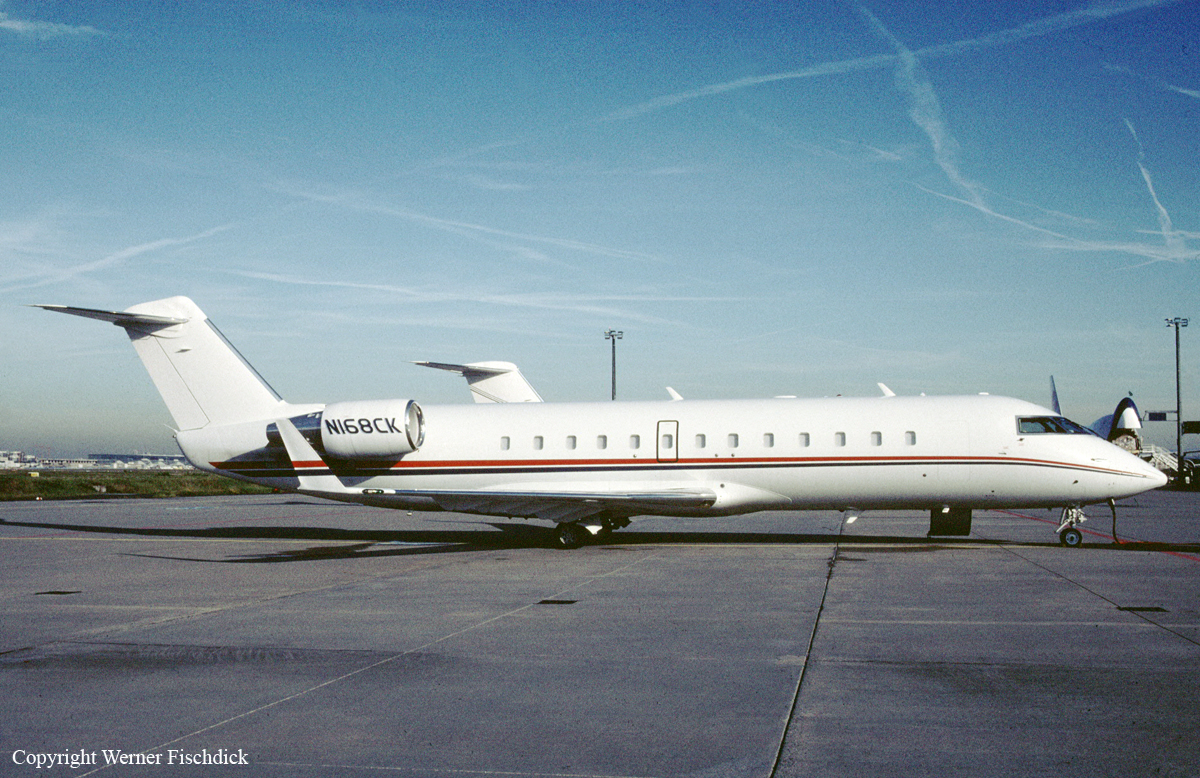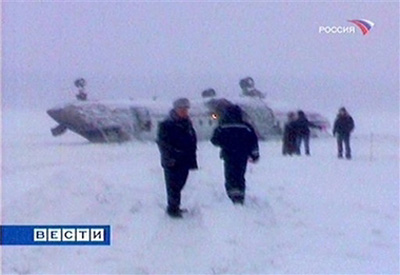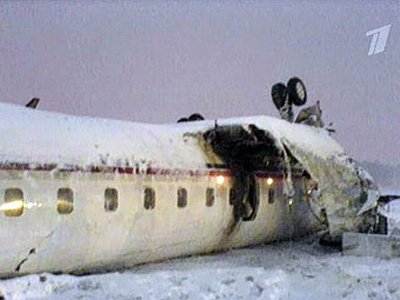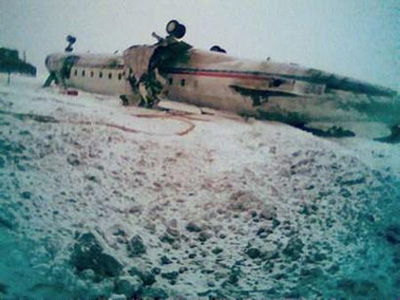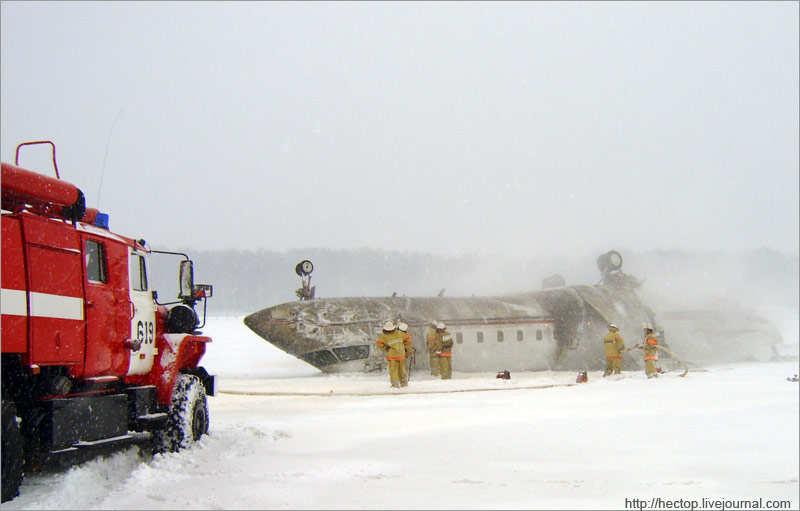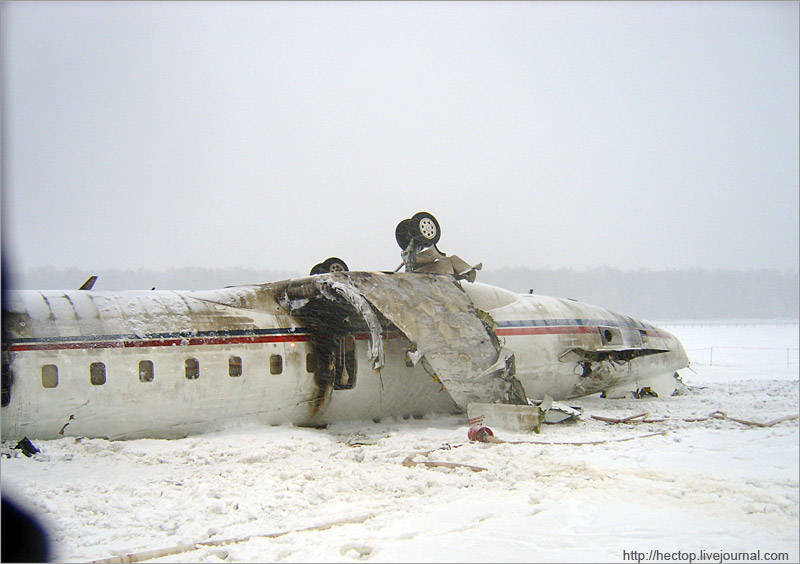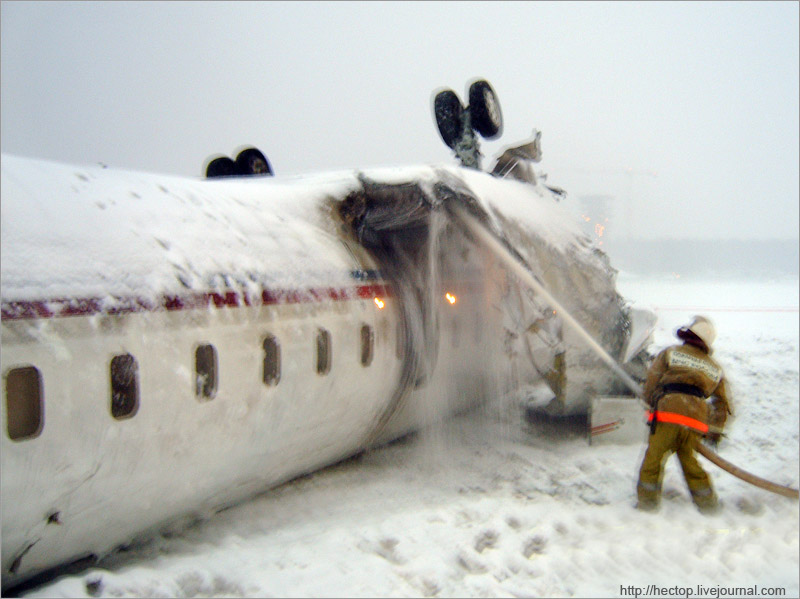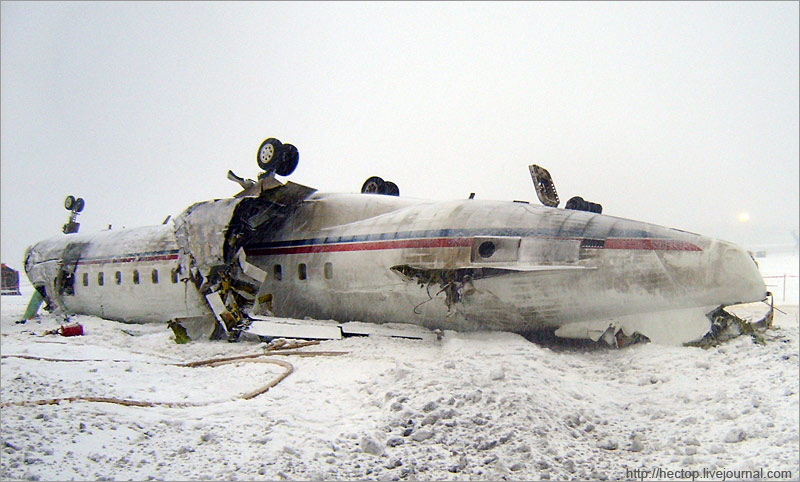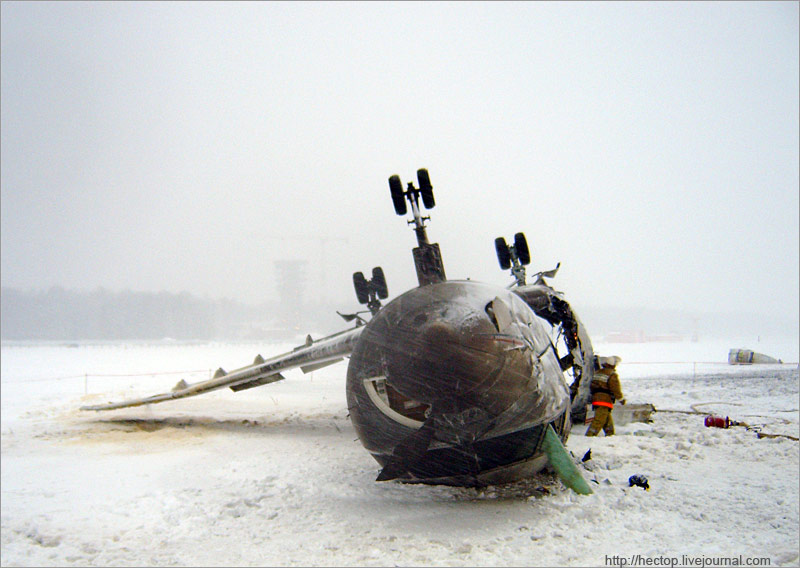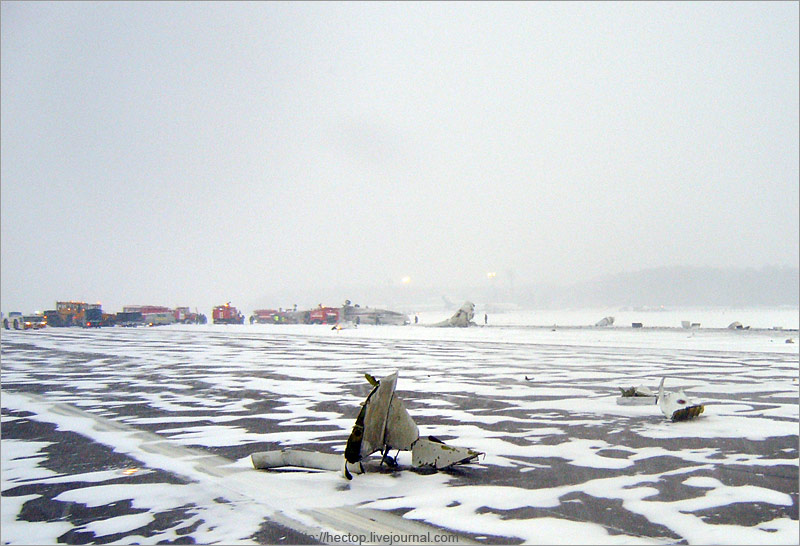Zone
Crash of a Tupolev TU-154M in Moscow: 2 killed
Date & Time:
Dec 4, 2010 at 1436 LT
Registration:
RA-85744
Survivors:
Yes
Schedule:
Moscow - Makhatchkala
MSN:
92A-927
YOM:
1992
Flight number:
DAG372
Crew on board:
9
Crew fatalities:
Pax on board:
160
Pax fatalities:
Other fatalities:
Total fatalities:
2
Captain / Total hours on type:
10000.00
Copilot / Total hours on type:
1150
Aircraft flight hours:
9285
Aircraft flight cycles:
2983
Circumstances:
Daghestan Airlines (Avialinii Dagestana) flight DAG372 departed Moscow-Vnukovo Airport at 1408LT bound for Makhatchkala, Daghestan. Fourteen minutes after takeoff, while cruising at an altitude of 9,000 metres some 80 kilometers south of Moscow, the crew informed ATC about the failure of the engines n°1 and 3 and was cleared to return to Moscow-Domodedovo Airport. On final, the aircraft descended below the clouds at a height of 500 feet but was not properly aligned with the runway centerline. It landed hard to the right of runway 32R, went out of control, impacted an earth mound and bushed before coming to rest, broken in two. Two passengers were killed while 78 other occupants were injured.
Probable cause:
Erroneous actions on part of the crew who, while landing in instrument meteorological conditions with one engine running, permitted the aircraft to touch down significantly to the right of the runway.
These actions were the result of following factors:
- The flight engineer inadvertently turned off the fuel booster pumps of the service tank while working the procedures for manual fuel transfer during the climb, which led to fuel starvation, all engines spooling down with the outer engines (#1 and #3) shutting down as well as loss of electrical power for 2:23 minutes due to loss of all three generators
- Failure by the crew to take use of all available possibilities to restore on-board systems after generator #2 was recovered and the APU spooled up and was successfully connected
- Failure to comply with recommendations "flying with two engines inoperative" and "approach and landing with two engines inoperative"
- Lack of leadership and lack of management and distribution of responsibilities by the captain leading to independent but not always accurate actions by the other crew members as result of insufficient training in crew resource management
- A complex wind environment varying with heights which contributed to the deviation from the proper approach trajectory while the crew was flying on stand by instruments rather than regular instruments
- Insufficient training of the crew as a whole as well as each individual to act in emergency and complex scenarios
- The non-implementation of safety recommendations developed in earlier investigations to prevent the flight engineer inadvertently turn off the fuel booster pumps.
These actions were the result of following factors:
- The flight engineer inadvertently turned off the fuel booster pumps of the service tank while working the procedures for manual fuel transfer during the climb, which led to fuel starvation, all engines spooling down with the outer engines (#1 and #3) shutting down as well as loss of electrical power for 2:23 minutes due to loss of all three generators
- Failure by the crew to take use of all available possibilities to restore on-board systems after generator #2 was recovered and the APU spooled up and was successfully connected
- Failure to comply with recommendations "flying with two engines inoperative" and "approach and landing with two engines inoperative"
- Lack of leadership and lack of management and distribution of responsibilities by the captain leading to independent but not always accurate actions by the other crew members as result of insufficient training in crew resource management
- A complex wind environment varying with heights which contributed to the deviation from the proper approach trajectory while the crew was flying on stand by instruments rather than regular instruments
- Insufficient training of the crew as a whole as well as each individual to act in emergency and complex scenarios
- The non-implementation of safety recommendations developed in earlier investigations to prevent the flight engineer inadvertently turn off the fuel booster pumps.
Final Report:
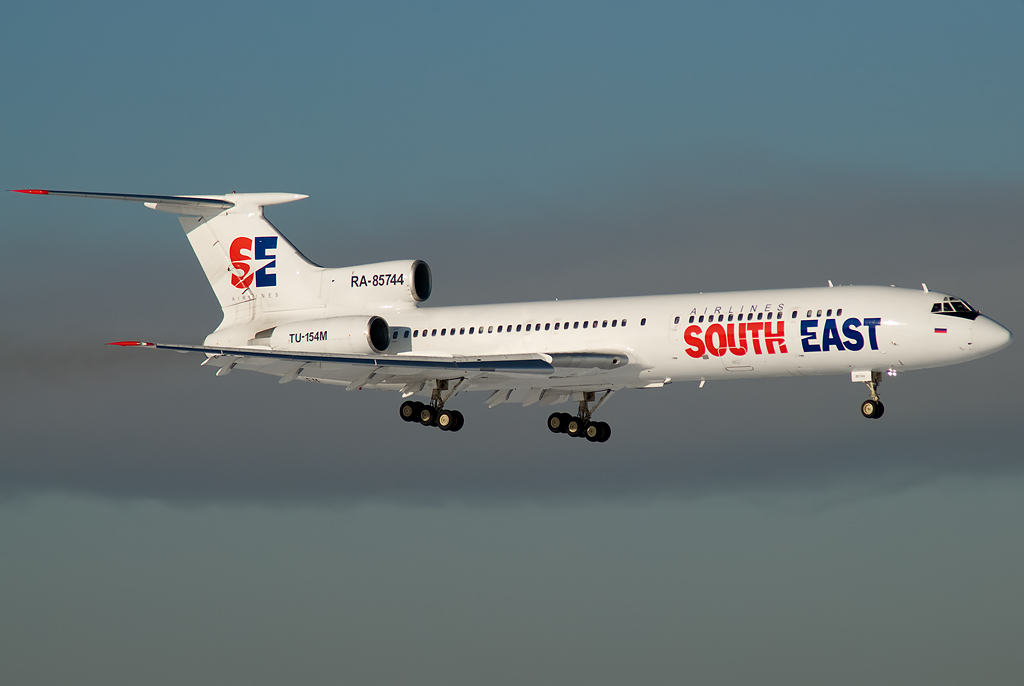
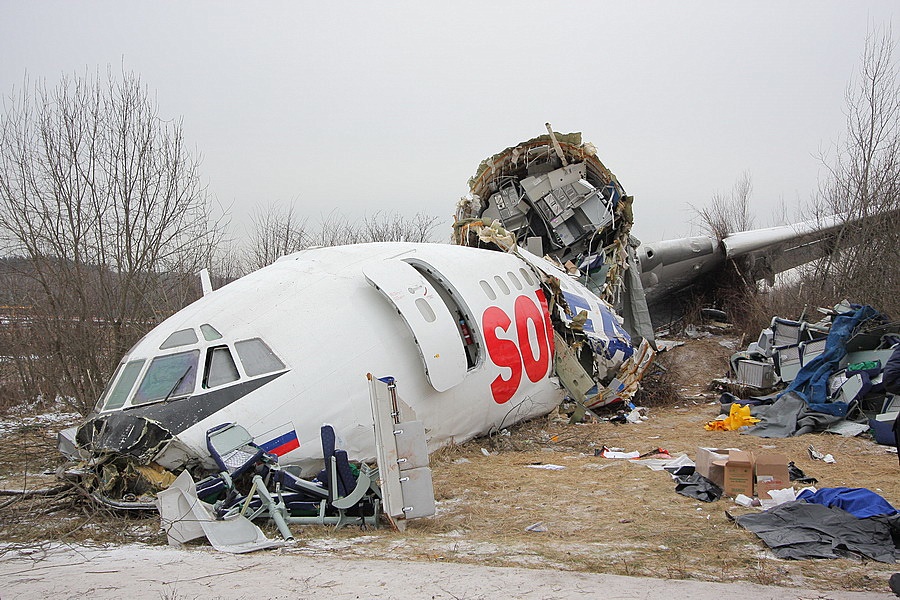
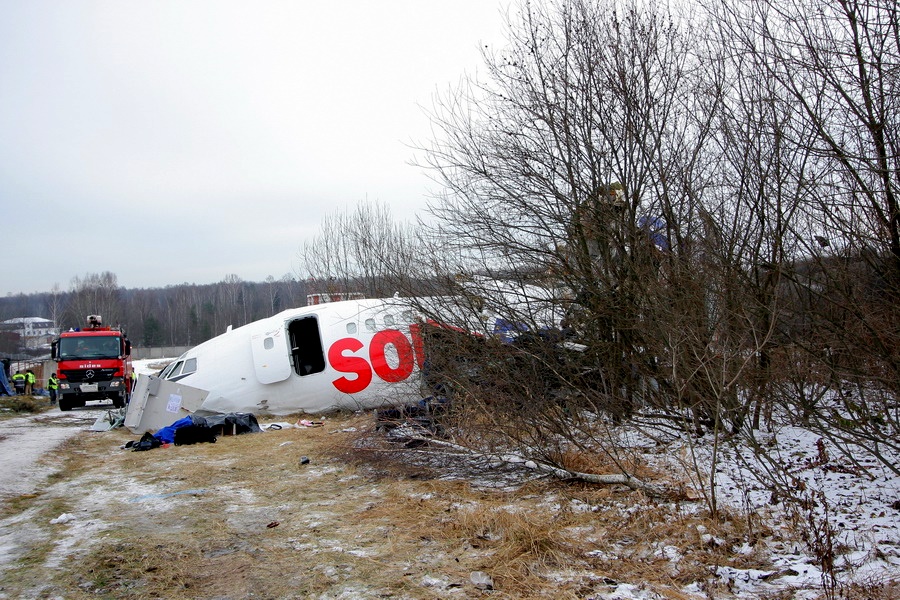

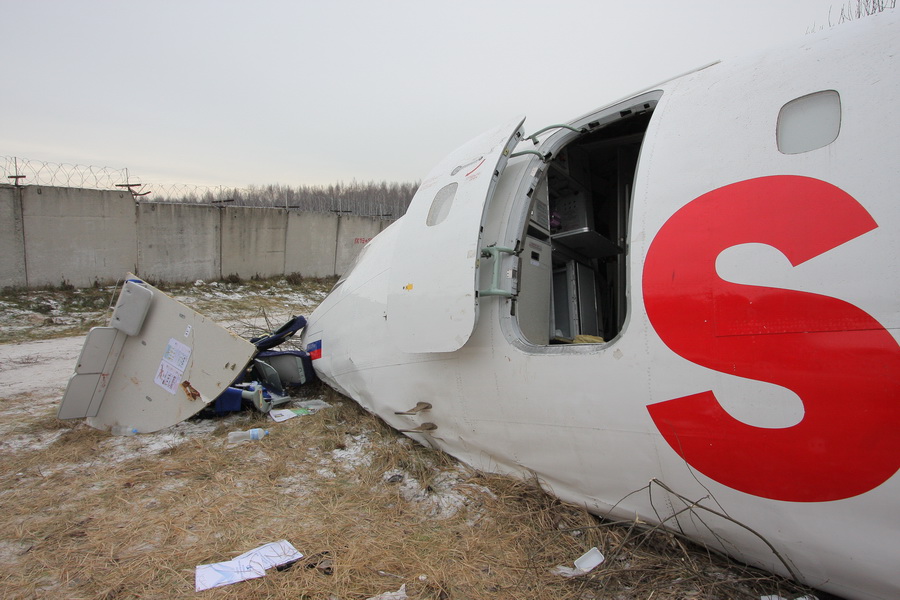
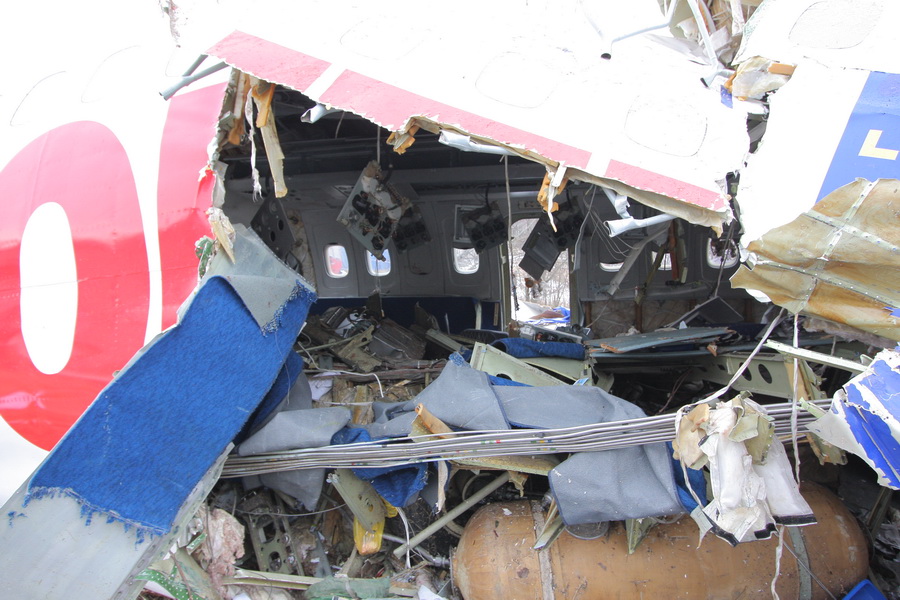
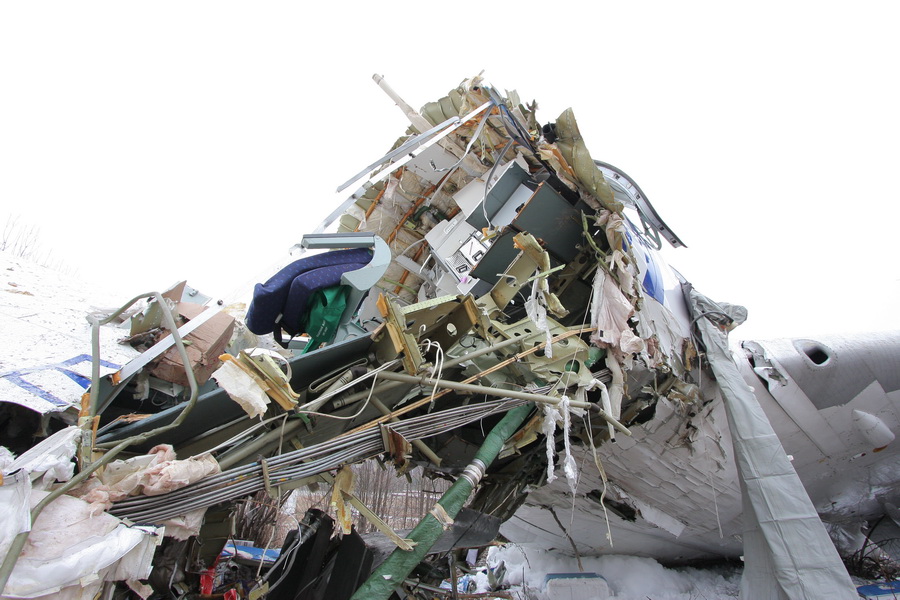
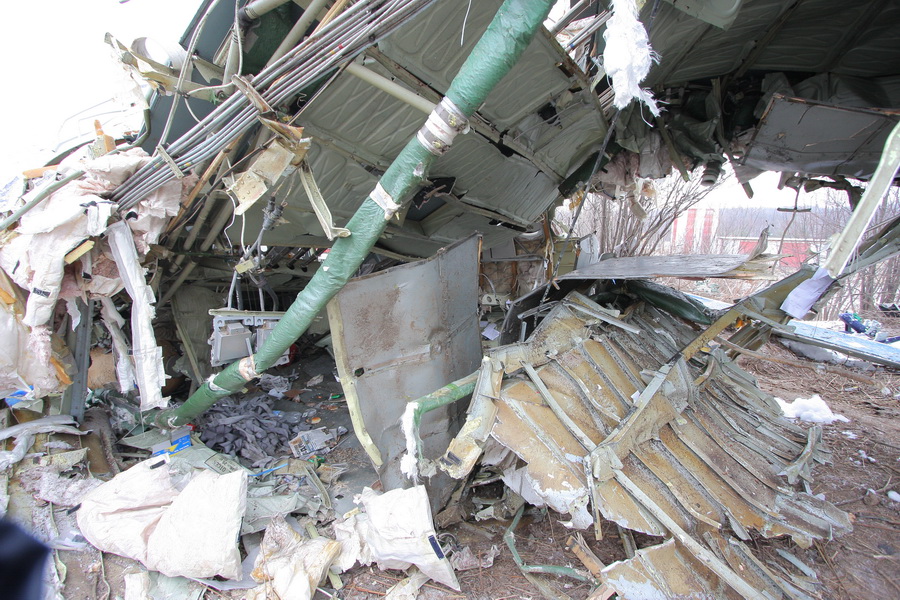

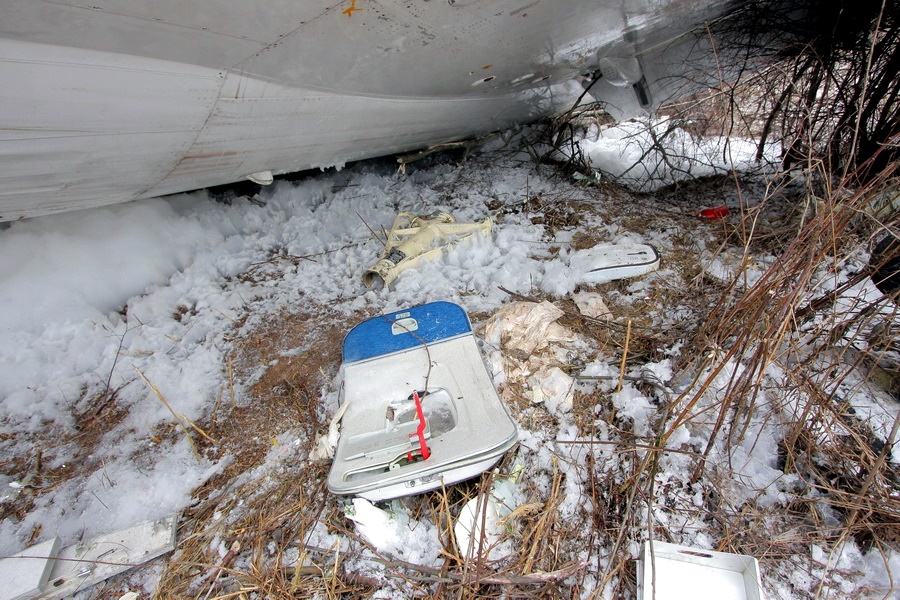
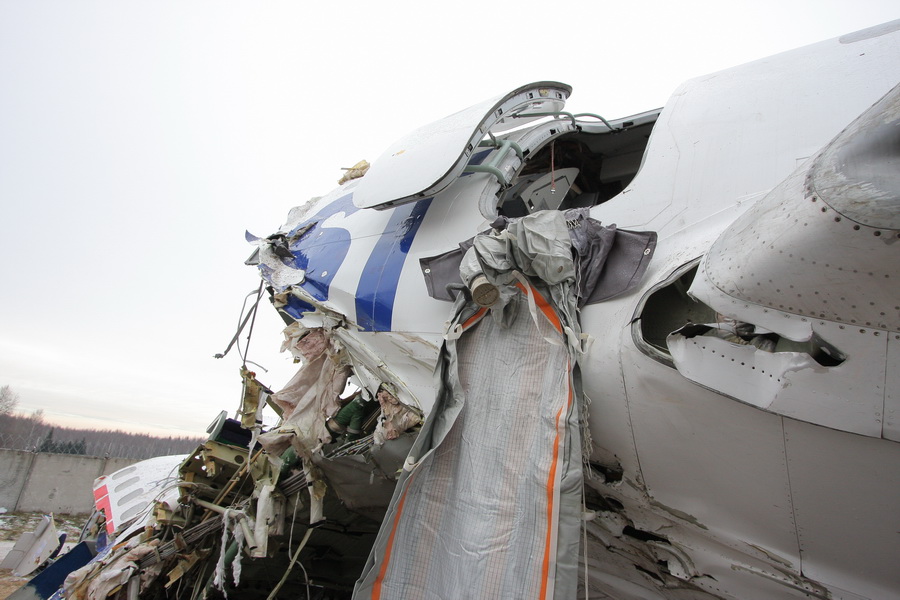
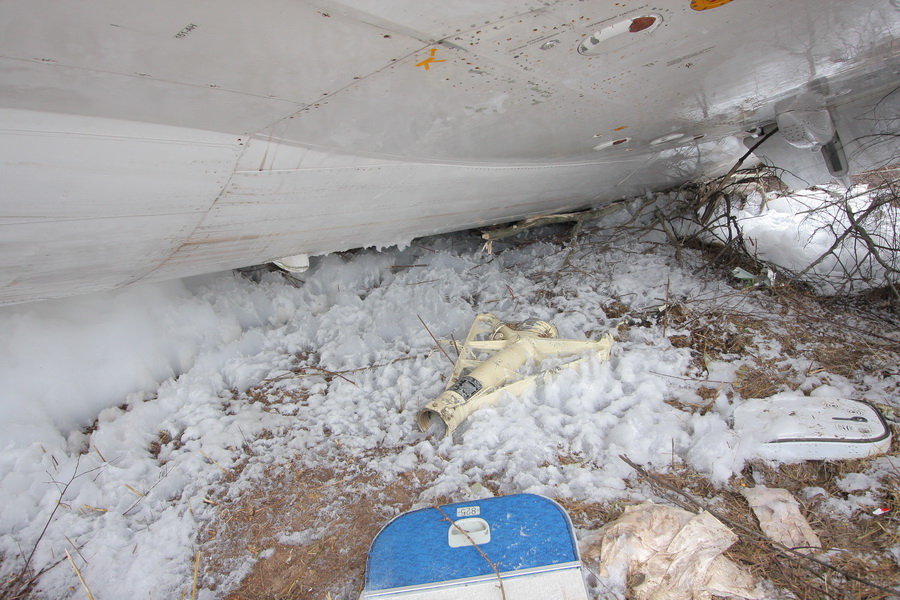


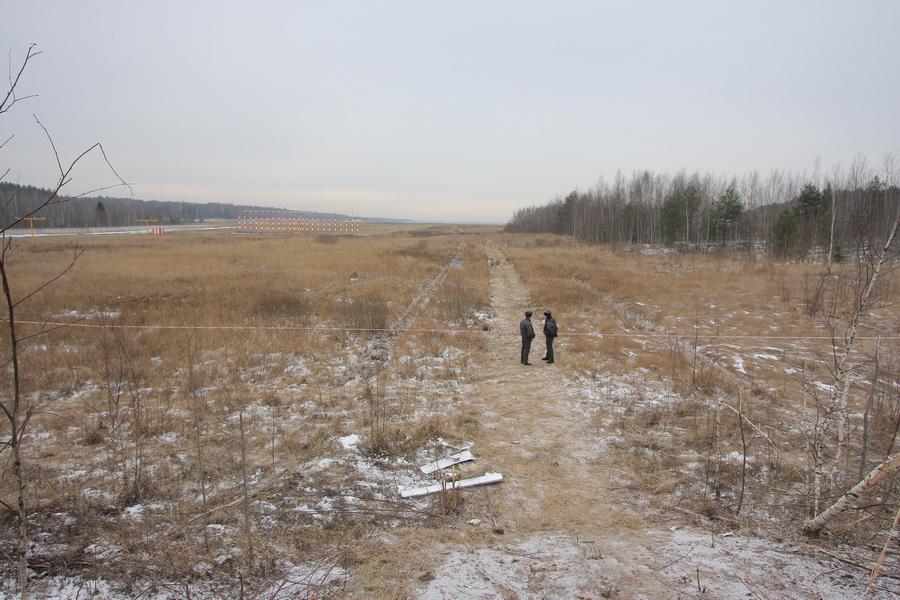

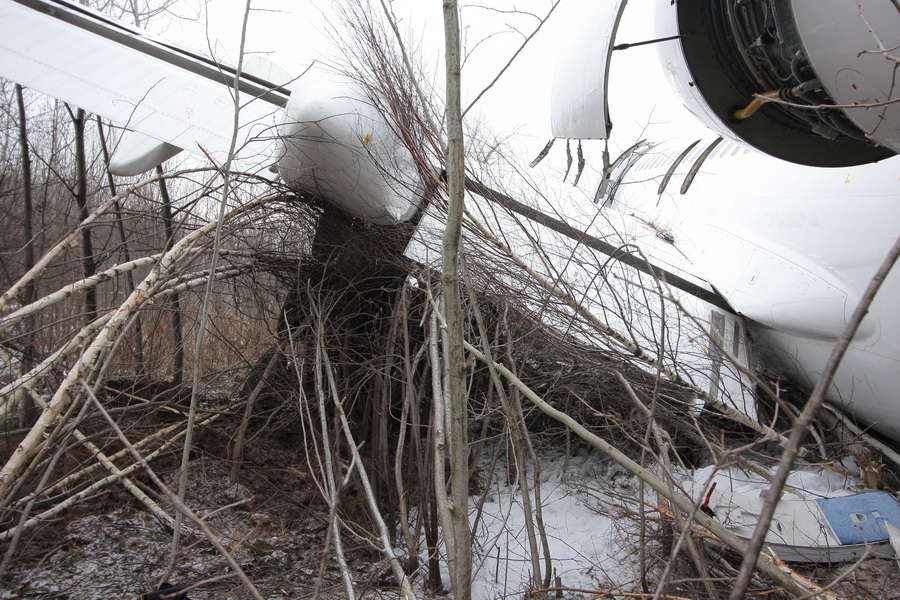
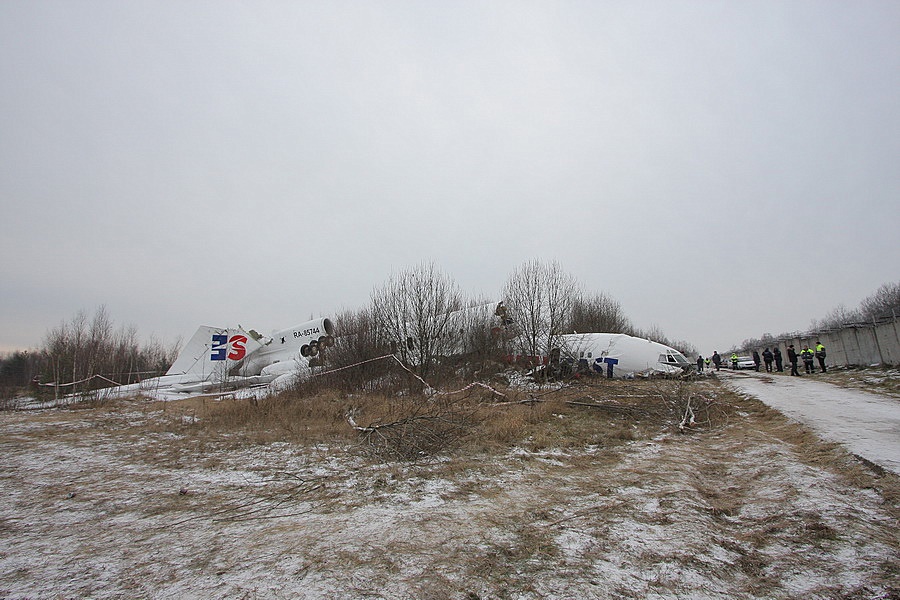
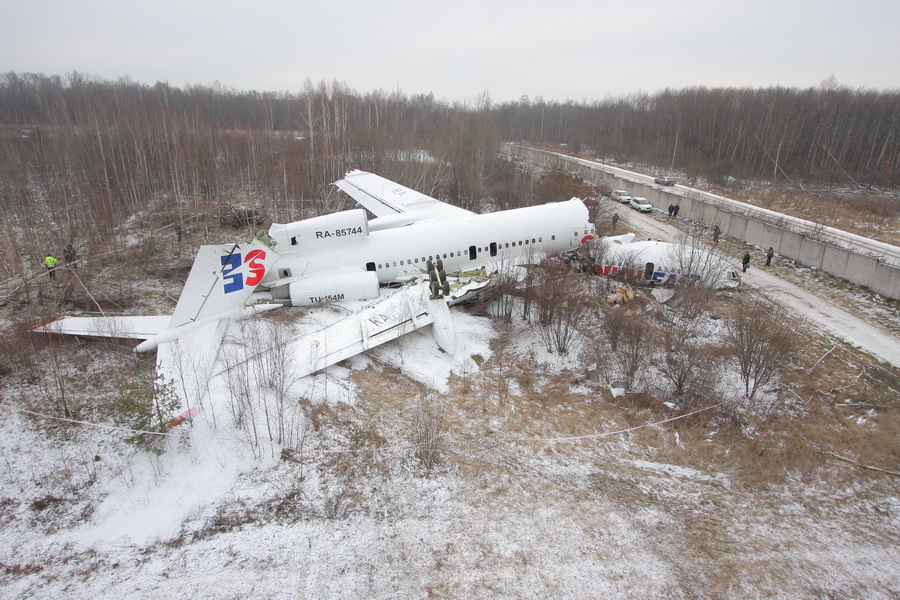
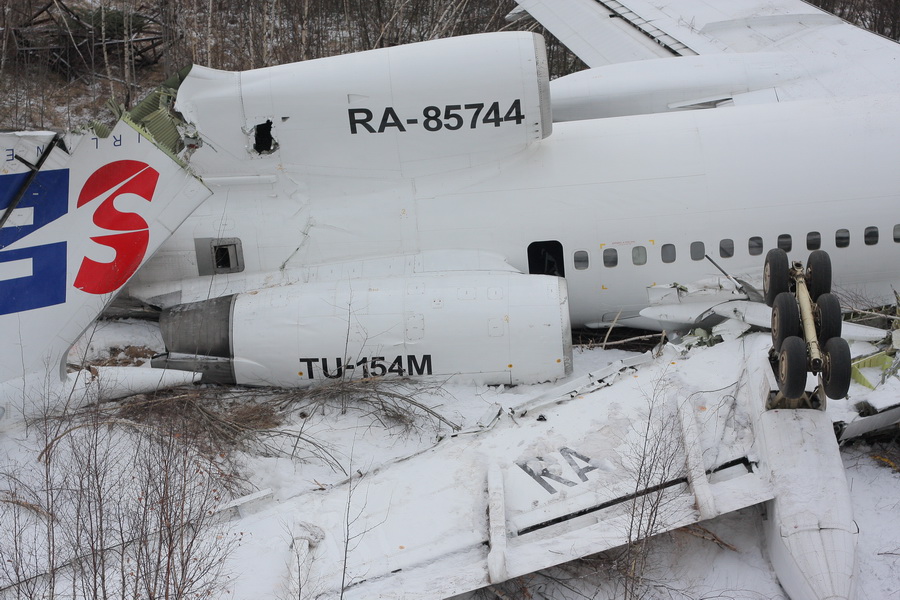
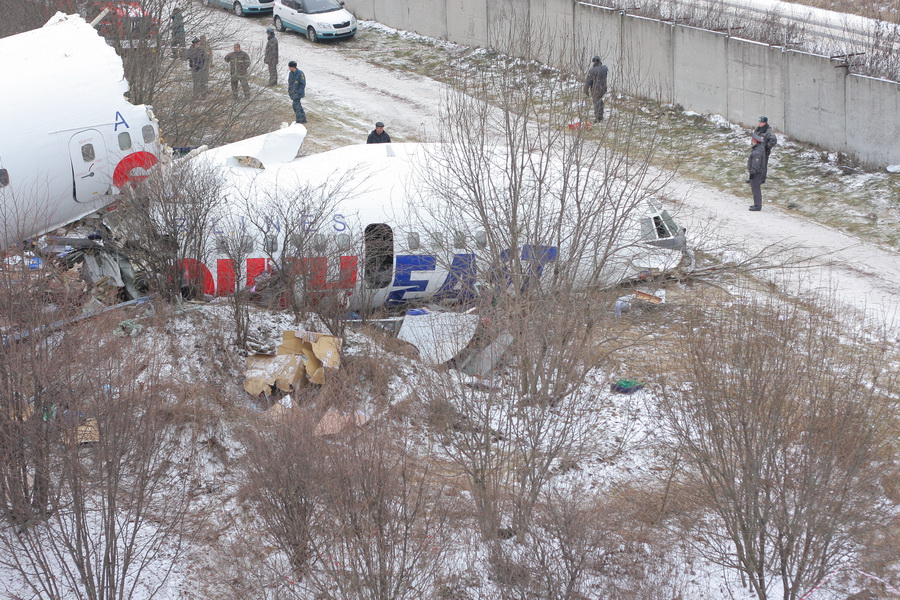


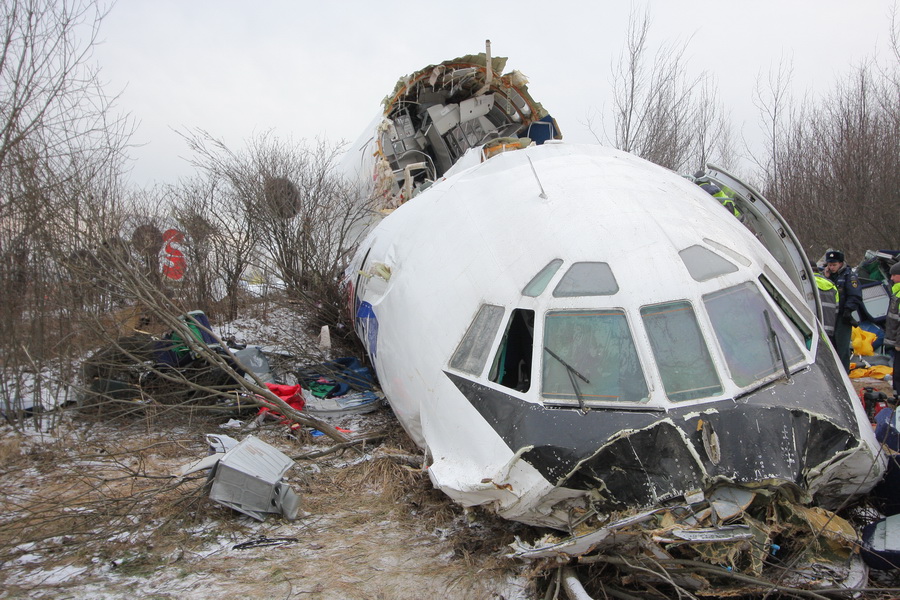



Crash of a BAe 125-800B in Minsk: 5 killed
Date & Time:
Oct 26, 2009 at 2134 LT
Registration:
RA-02807
Survivors:
No
Schedule:
Moscow - Minsk
MSN:
258076
YOM:
1986
Flight number:
RLS9607
Crew on board:
3
Crew fatalities:
Pax on board:
2
Pax fatalities:
Other fatalities:
Total fatalities:
5
Captain / Total hours on type:
811.00
Copilot / Total hours on type:
811
Aircraft flight hours:
12751
Aircraft flight cycles:
7979
Circumstances:
Following an uneventful flight from Moscow-Vnukovo Airport, the crew started a night approach to Minsk-2 Airport runway 31. On approach, the crew encountered poor visibility due to marginal weather. The 'Pull Up' alarm sounded and the captain initiated a go-around procedure. Few minutes later, the crew attempted a second approach to land. At an altitude of about 550 metres, the crew realized he was on the wrong ILS frequency and corrected it. On final, the EGPWS alarm sounded for 35 seconds but the captain decided to continue the approach until the aircraft impacted trees and crashed in a wooded area located 3 km short of runway, bursting into flames. The aircraft was destroyed by a post crash fire and all five occupants were killed.
Probable cause:
The cause of the crash of BAe-125-800B RA-02807 during the ILS approach procedure at night, in weather conditions that met ICAO CAT I, was the failure to take timely action by the crew to carry out a missed approach, or divert to an alternate, when the ground could not be seen while descending below decision height during a transition to visual flight, and the lack of a proper response and action required when the TAWS alarm repeatedly sounded, which led to the collision of the aircraft with obstacles (forest) and land in a controlled flight (CFIT), its destruction and death of people on board.
Contributing factors were:
- Deficiencies in the type of retraining and training of the flight crew, especially in the use of automatic flight modes, and flight director;
- Erroneous actions of the captain, which led to an execution of the approach with the wrong ILS frequency set on the left set;
- Lack of preparation of the commander of the plane for an approach in weather conditions that meet CAT I ICAO.
Values of meteorological conditions in the flight log were in most cases were falsified;
- Poor communication and crew resource management (CRM) of the flightcrew;
- Poor control of the level of training of the crew by the airline's management and lack of organization in the airline's flight operations;
- Psychological characteristics of the pilots, unrecorded in the formation of the crew and, possibly, reduced efficiency of the captain in a stressful situation because of chronic ischemic heart disease with coronary artery problems, which was not detected when passing aviation medical checks.
Contributing factors were:
- Deficiencies in the type of retraining and training of the flight crew, especially in the use of automatic flight modes, and flight director;
- Erroneous actions of the captain, which led to an execution of the approach with the wrong ILS frequency set on the left set;
- Lack of preparation of the commander of the plane for an approach in weather conditions that meet CAT I ICAO.
Values of meteorological conditions in the flight log were in most cases were falsified;
- Poor communication and crew resource management (CRM) of the flightcrew;
- Poor control of the level of training of the crew by the airline's management and lack of organization in the airline's flight operations;
- Psychological characteristics of the pilots, unrecorded in the formation of the crew and, possibly, reduced efficiency of the captain in a stressful situation because of chronic ischemic heart disease with coronary artery problems, which was not detected when passing aviation medical checks.
Final Report:
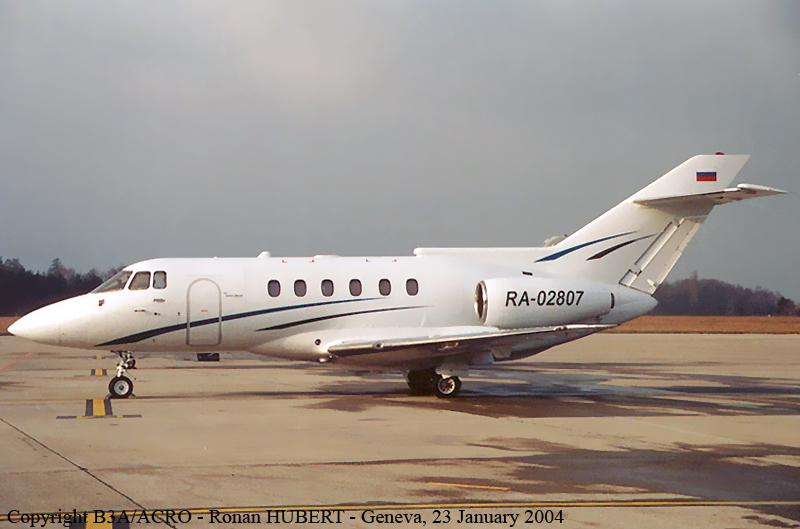
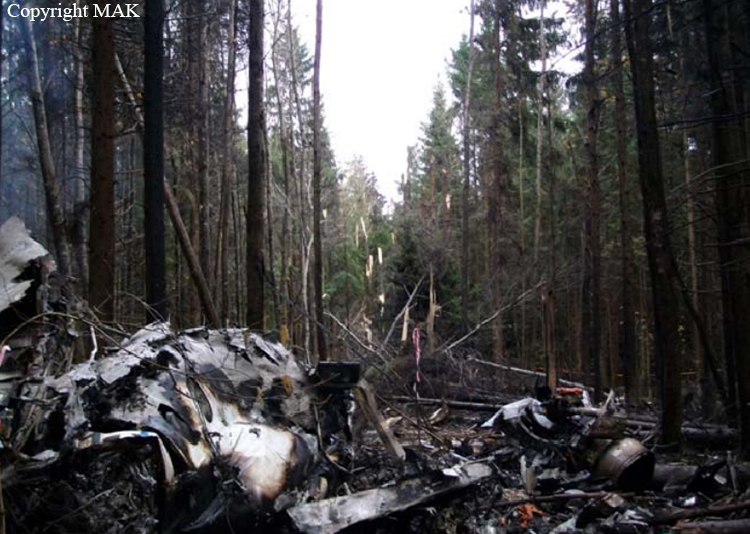

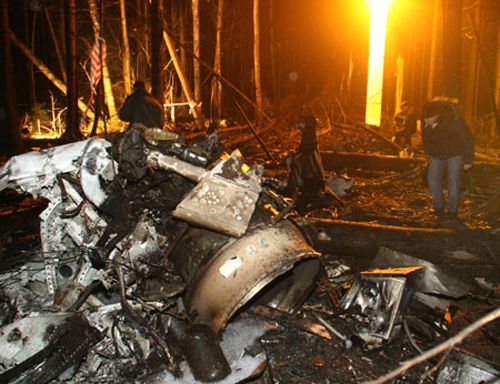
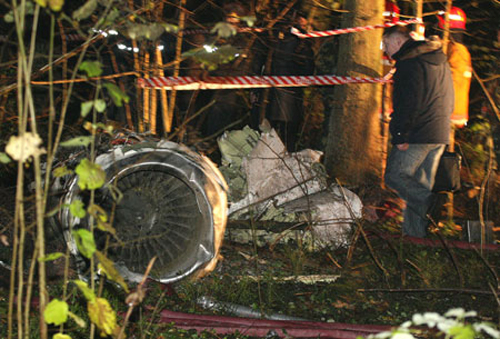
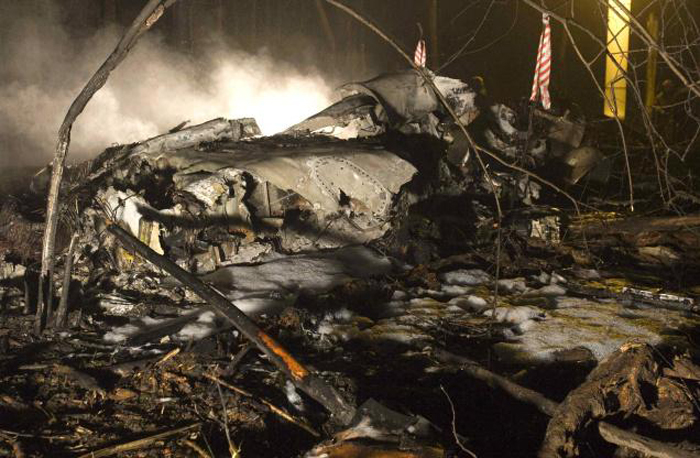

Crash of a Canadair RegionalJet CRJ-100SE in Moscow
Date & Time:
Feb 13, 2007 at 1637 LT
Registration:
N168CK
Survivors:
Yes
Schedule:
Moscow - Berlin
MSN:
7099
YOM:
1996
Crew on board:
3
Crew fatalities:
Pax on board:
0
Pax fatalities:
Other fatalities:
Total fatalities:
0
Copilot / Total hours on type:
68
Aircraft flight hours:
3814
Aircraft flight cycles:
1765
Circumstances:
The crew was completing a positioning flight from Moscow to Berlin for maintenance purposes. After the crew was cleared to start up the engines, the aircraft was towed to the deicing pad where the crew requested a two-step deicing procedure. The deicing was completed at 1618LT and the crew was cleared for takeoff at 1636LT. After a course of 1,500 metres on runway 06 in snow falls, the pilot-in-command started the rotation when the aircraft rolled left and right. The right wing struck the ground, the aircraft went out of control, got inverted and crashed in a snow covered area located 450 metres further and 35 metres to the right of the runway. All three crew members escaped with minor injuries while the aircraft was destroyed. At the time of the accident, weather conditions were as follow: wind from 130 at 10 knots, horizontal visibility 1,000 metres in snow falls, vertical visibility 300 feet, OAT -6° and dewpoint at -7°.
Probable cause:
Loss of control at liftoff due to a loss of lift caused by a stall consecutive to an excessive accumulation of ice/frost on the critical surfaces despite the aircraft had been deiced/anti-iced prior to takeoff. The following findings were identified:
- The aircraft was deiced in a two-step procedure - deicing with Type I then anti-icing with Type IV. The treatment was completed at 1618LT, 19 minutes prior to the accident,
- At the time of the accident, there were moderate to strong snow falls at the airport,
- The crew did not receive the full meteorological bulletin prior to departure and failed to determine the correct holdover time,
- Referring to the actual weather conditions, the crew failed to proceed with a second deicing/anti-icing procedure,
- Lack of adequate check by crew members and/or the airline representatives regarding the quality of the anti-icing treatment,
- The crew failed to comply with AFM relating to the actual weather conditions,
- The takeoff was started at a speed that was 12 knots below the reference speed, increasing the stall condition with leading edges that were slightly contaminated with frost/ice.
- The aircraft was deiced in a two-step procedure - deicing with Type I then anti-icing with Type IV. The treatment was completed at 1618LT, 19 minutes prior to the accident,
- At the time of the accident, there were moderate to strong snow falls at the airport,
- The crew did not receive the full meteorological bulletin prior to departure and failed to determine the correct holdover time,
- Referring to the actual weather conditions, the crew failed to proceed with a second deicing/anti-icing procedure,
- Lack of adequate check by crew members and/or the airline representatives regarding the quality of the anti-icing treatment,
- The crew failed to comply with AFM relating to the actual weather conditions,
- The takeoff was started at a speed that was 12 knots below the reference speed, increasing the stall condition with leading edges that were slightly contaminated with frost/ice.
Final Report:
